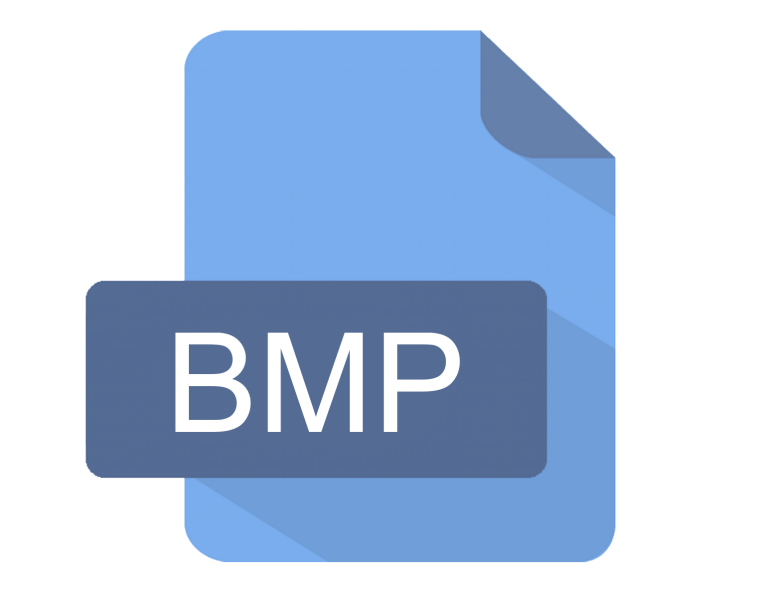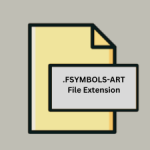.BMP File Extension

Bitmap Image
| Developer | Microsoft |
| Popularity | |
| Category | Raster Image Files |
| Format | .BMP |
| Cross Platform | Update Soon |
What is an BMP file?
.BMP files, often referred to simply as Bitmap files, are uncompressed raster image files that store graphics in a format that uses pixels to define image data.
Each pixel in a Bitmap image file is individually mapped to a specific location and color on a grid, making it straightforward in structure but potentially large in size compared to compressed image formats.
More Information.
.BMP files date back to the early days of graphical computing, with their origins tied closely to the development of Microsoft Windows.
They were initially intended for basic graphical operations within the operating system, such as icon and cursor graphics, and later expanded to store higher-resolution images and photographs.
Origin Of This File.
The Bitmap file format was introduced by Microsoft as part of the Windows operating system.
It was among the earliest formats developed to store images on computers and was designed to be easily readable and writable by programs running on Windows-based systems. This format gained popularity due to its simplicity and direct representation of pixel data.
File Structure Technical Specification.
Bitmap files store images using a straightforward structure:
- Header: Contains essential information about the file, such as size, dimensions, color depth, and compression method (if any).
- Image Data: Direct pixel-by-pixel representation of the image. Each pixel’s color is defined in a straightforward manner, making it easy to edit but potentially large in file size.
- Color Palette: Often includes a palette of colors used in the image, especially for indexed color images.
Technical specifications include support for various color depths (1-bit, 4-bit, 8-bit, 16-bit, 24-bit, 32-bit) and the ability to handle both RGB and RGBA color spaces.
Bitmap files are known for their lossless quality, as they do not use compression by default (though some variations may support compression).
How to Convert the File?
Converting Bitmap files can be necessary to reduce file size or enhance compatibility. Several methods exist:
- Conversion Software: Use dedicated image editing software like Adobe Photoshop, GIMP, or online converters to convert BMP to formats like JPEG, PNG, or TIFF.
- Built-in Tools: Many operating systems provide built-in tools for converting BMP files to other formats. For instance, Windows includes Paint, which can save BMP files in other formats.
Advantages And Disadvantages.
Advantages:
- Lossless Quality: Bitmap files retain all original image data without compression artifacts.
- Widely Supported: Compatible with most image editing and viewing software.
- Simple Structure: Easy to understand and manipulate programmatically.
- Transparency Support: RGBA format allows for transparent backgrounds.
Disadvantages:
- Large File Sizes: Uncompressed nature can result in large file sizes, especially for high-resolution images.
- Limited Compression Options: While some variants support compression, standard Bitmap files do not, leading to larger storage requirements.
- Not Suitable for Web: Due to large file sizes, BMP files are generally not preferred for web use, where smaller, compressed formats are favored.
How to Open BMP?
Open In Windows
- Double-click the file to open it in the default image viewer or right-click to open with another program like Paint or Photos.
Open In Linux
- Image viewers like GIMP, Eye of GNOME, or KDE’s Gwenview support BMP files. Use the file manager or command line to open these programs with BMP files.
Open In MAC
- Preview and other image viewing applications can open BMP files. Right-click and select ‘Open With’ to choose a specific program.













